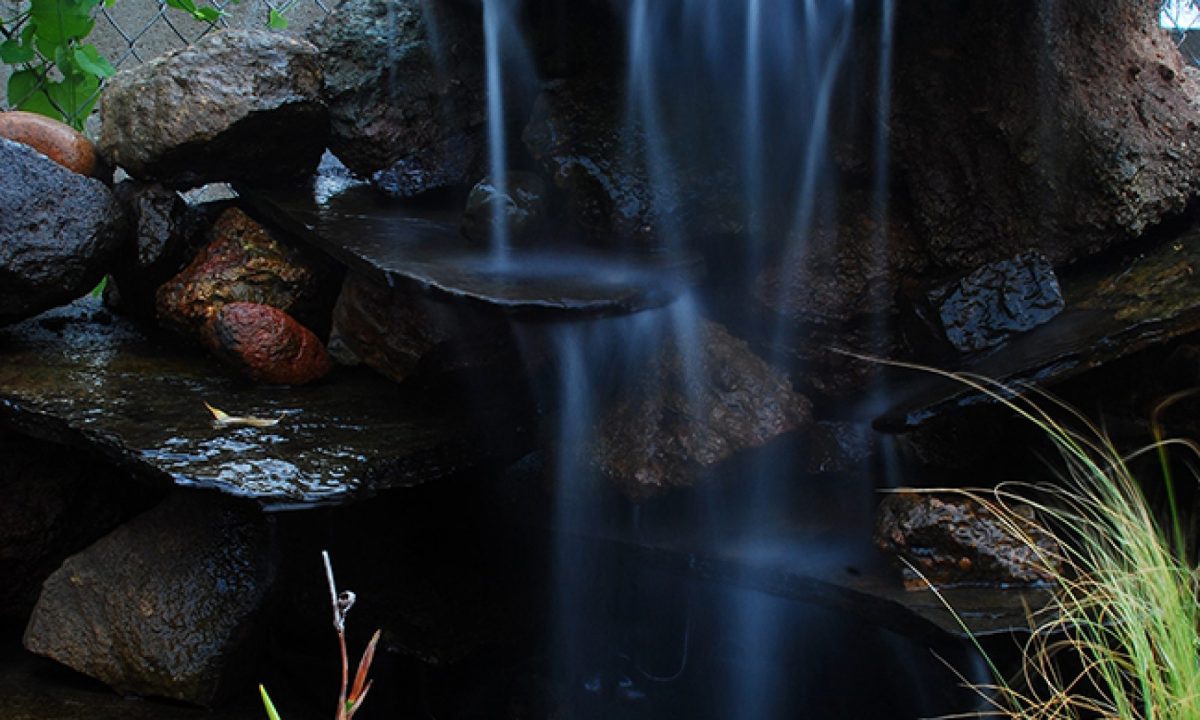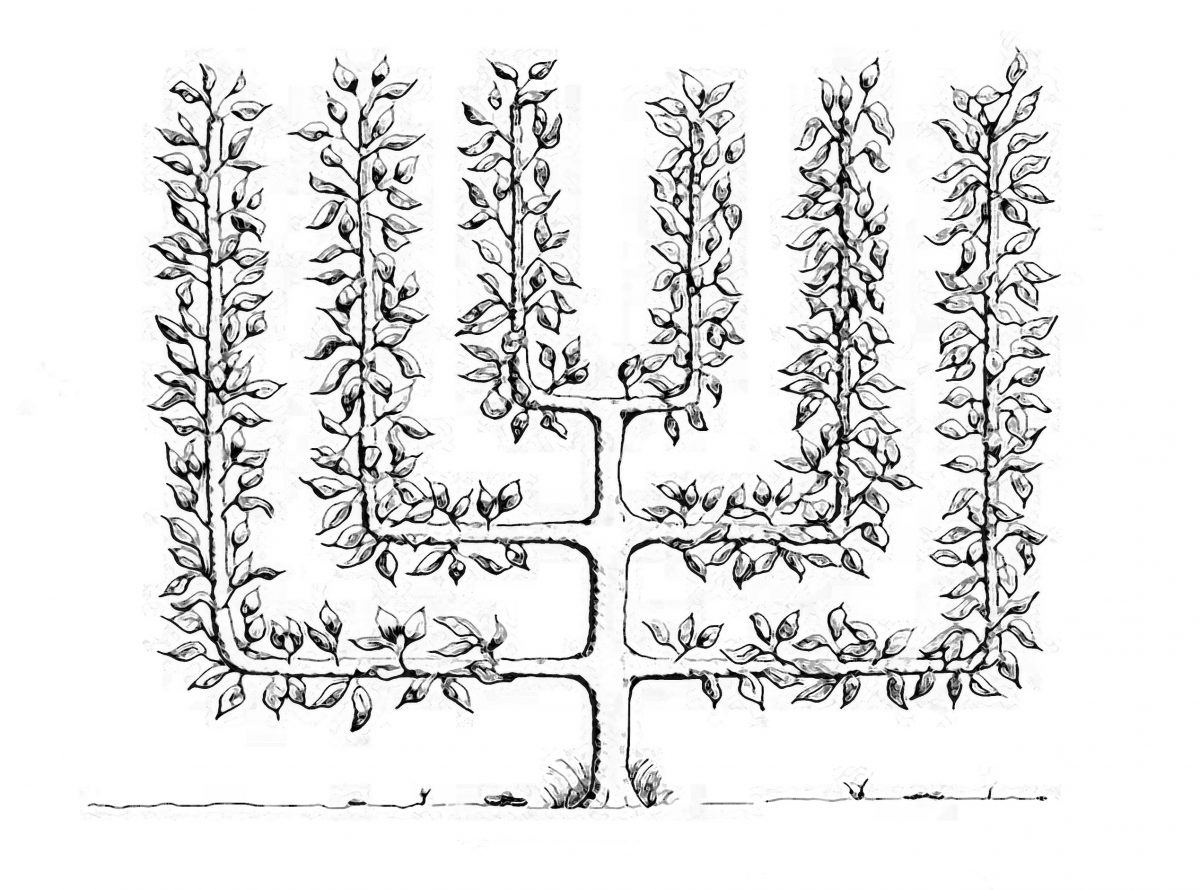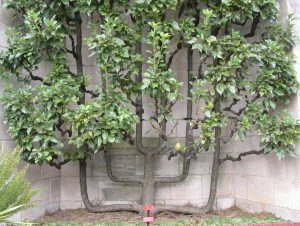What would mankind be without rudely trying to bend nature to their evil wills? Imagine a world where man realizes that any attempts at control are merely an illusion and every creature danced naked in the woods in joyous celebration of total peace and harmony. Ahh, soothing. And the exact opposite of the grotesque horrors in the form of massive and aggressive amputations gifted to my new grapefruit tree. Poor oroblanco, you came here to suffer for my aesthetic whims. Rest easy though, your suffering will be remembered in song and lore.
All of this would probably be more warmly received if I didn’t twirl my mustache and cackle maniacally during the process. But I have my methods and plant sensibilities be damned. But I’m not doing this just to pander to my false sense of control and dominance. There are very practical reasons to espalier a fruit tree. The rather obvious one is that it looks insanely cool as a landscape design feature. Like a white-gloves touch to the garden. Classy as a MF’er. It also makes for a perfect space-saving solution to those with limited garden space.
There’s an even more impressive scientific reason for this ancient methodology of fruit production. When trained against a wall, the light is reflected back onto the tree and the heat is stored during the day to keep the area warmer during the cooler nights. When trained in an open space, you can line it up to be parallel to the equator to totally maximize its fruit maturing potential. Both strategies serve to lengthen the fruit maturing season. Science is amazing. Be sure to science more than you do now.
“The word espalier is French, and it comes from the Italian spalliera, meaning “something to rest the shoulder (spalla) against. During the 17th Century, the word initially referred only to the actual trellis or frame on which such a plant was trained to grow, but over time it has come to be used to describe both the practice and the plants themselves.
Espalier as a technique seems to have started with the ancient Romans. In the Middle Ages the Europeans refined it into an art. The practice was popularly used in Europe to produce fruit inside the walls of a typical castle courtyard without interfering with the open space and to decorate solid walls by planting flattened trees near them. Vineyards have used the technique in the training of grapes for hundreds or perhaps even thousands of years”
-Brown, Sydney Park; Yeager, Thomas H.; Black, Robert J. (September 2007) [May 1985]
For my specific reasons, I had a very unruly back planting strip behind my house. I let it get out of control and many of the plants there were leftovers from the previous owners. Just look at this hot mess… Continue reading “Branching Out: A Humble Attempt at Growing an Espaliered Grapefruit Tree”






